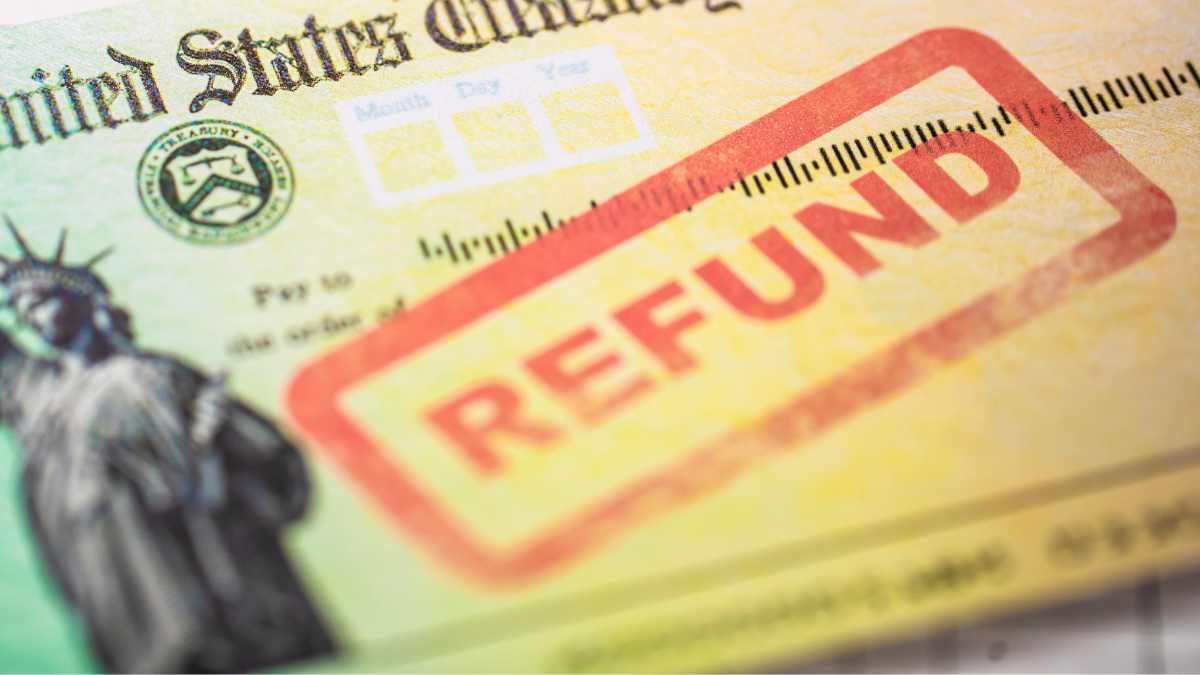Thousands of taxpayers are hoping to receive their refunds sooner than usual this tax season. The Internal Revenue Service (IRS) reiterates that the “Where’s my refund?” tool, which is available on IRS.gov, allows you to check the status of returns.
This digital resource provides updates in less than 24 hours for those who file electronically, versus four weeks for those who file in physical format.
To use the platform, users must enter their Social Security number or ITIN, marital status, and exact refund amount. The system is updated daily and works with mobile devices via the IRS2Go app, which also allows for payments and free advice. According to the IRS, 90% of refunds are processed in less than 21 days if you use direct deposit.
IRS Warns: Delays Beyond 21 Days? “Contact Us Immediately”
Those who do not already have a bank account can use the National Credit Union Locator Tool to open one. The agency advises taxpayers to contact the IRS by phone or at assistance centers if their electronic returns are delayed by more than 21 days or physical returns are delayed by more than six weeks.
The IRS grants automatic extensions to taxpayers in areas declared by FEMA to be in an emergency during 2024. Residents of Alabama, Florida, Georgia, North Carolina, South Carolina, and select counties in Alaska, New Mexico, Tennessee, and Virginia have until May 1, 2025 to file.
Cases such as Los Angeles County (California) and Kentucky have extended deadlines until October or November 2025.

IRS Extends Deadlines for Gaza, West Bank, and Israel-located American Taxpayers
“This benefit applies without the need for an application for those who reside in designated areas,” according to a statement from the IRS. It also applies to Americans in Israel, Gaza, and the West Bank, with an extension until September 30, 2025 for tax obligations in effect since October 2023. The disaster tax relief portal provides a complete list of eligible areas.
Taxpayers outside affected areas may request extensions electronically before April 15, but must pay any taxes owed before that date. Those who already have an automatic extension (until May 1) can request an additional extension until October 2025 by submitting Form 4868 via mail. To avoid fines, debt payments must be made by the original deadline.
The IRS emphasizes that extensions only delay the filing of returns, not payment. Failure to comply with the latter results in accumulative interest and penalties. “Communication by postal mail is the official method to request additional information,” according to the organization.
As tax season comes to a close, the IRS reminds taxpayers to review important filing guidelines, such as refundable credits and documentation requirements. Common errors, such as numerical omissions or incorrect bank information, cause delays in processes. According to preliminary estimates, the average refund amount this year will be $3,221.
Finally, they recommend avoiding unauthorized preparation services and instead using free tools like IRS Free File for returns with an annual income of less than $79,000. Identity verification through ID.me, as well as electronic alert subscription, round out the security and efficiency measures.













